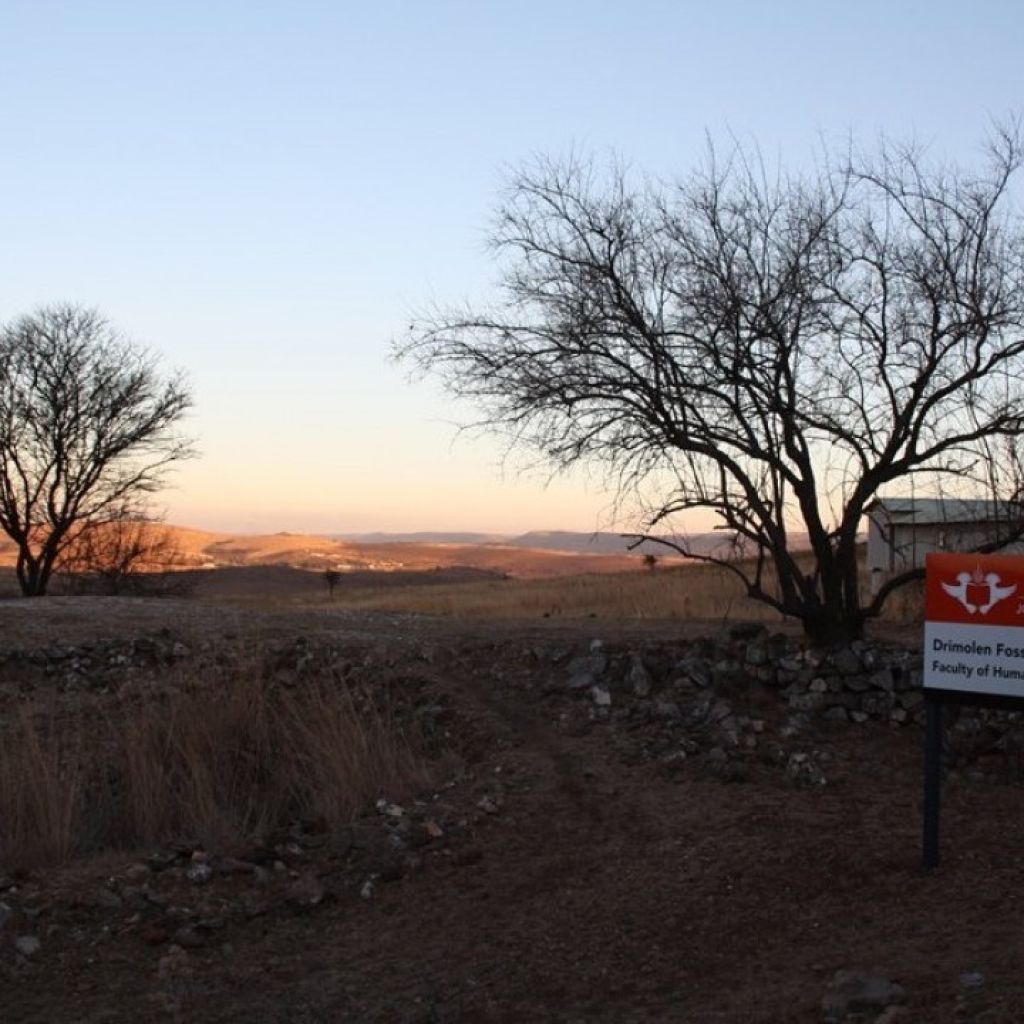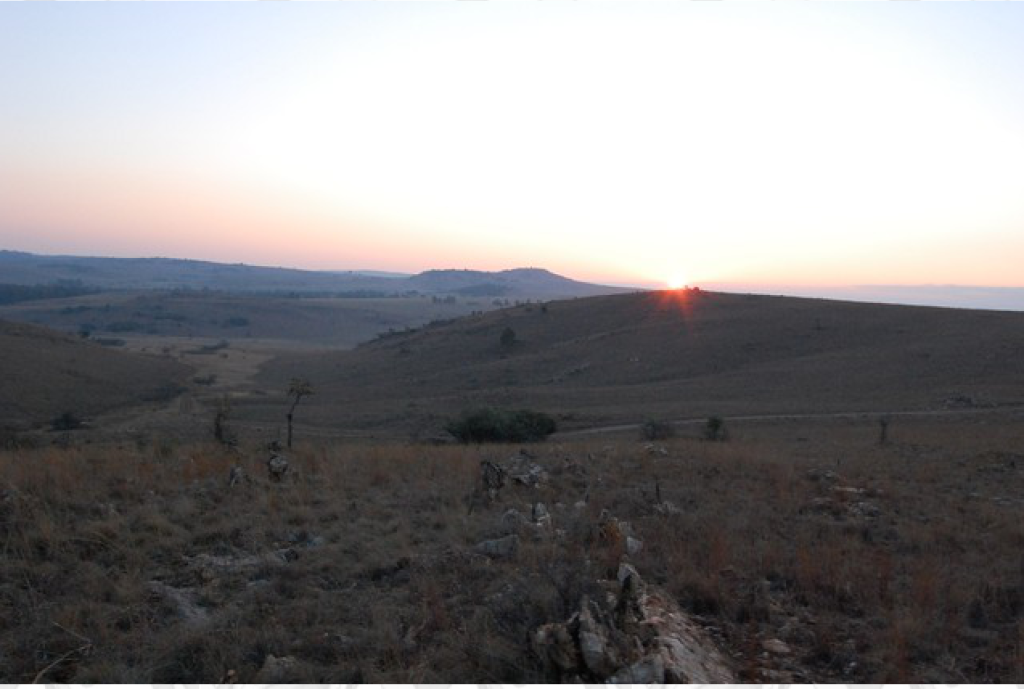Fossil sites in the Cradle of Humankind – Drimolen
Around 40% of the world's known hominid fossils were unearthed in the Cradle of Humankind World Heritage Site, earning it UNESCO World Heritage Site status in 1999.
It is thanks to these fossil sites, in which the dolomitic conditions were just right for fossil preservation, that we have an understanding of humankind’s journey to humanity and the evolutionary trajectory that led us to where we are today.
In this series of blogs we profile a selection of sites within the Cradle and highlight the prominent discoveries made at each of these areas of discovery.
Drimolen

In 1994 Dr Andre Keyser, renowned geologist and archaeologist, made a remarkable discovery at Drimolen – that of a skull belonging to a female Paranthropus robustus.
Nicknamed Eurydice (although we don’t know why), the skull remains the most complete australopithecine skull ever excavated.
Since then the Drimolen excavation site, which dates back between 2-million and 1.5-million years based on the fossil discoveries there, has yielded 92 hominid specimens of Paranthropusrobustus and early Homo.
Drimolen is also unique in that it is the second site within the Cradle of Humankind (after Swartkrans) to provide evidence of the co-occurrence of Paranthropus robustus and early Homo.
In addition, excavations at the site have revealed an array of animal remains, including hyena, ancient baboons and a variety of extinct antelope.

Do you have photos of the Cradle you’d like to share? Join our Flickr group!